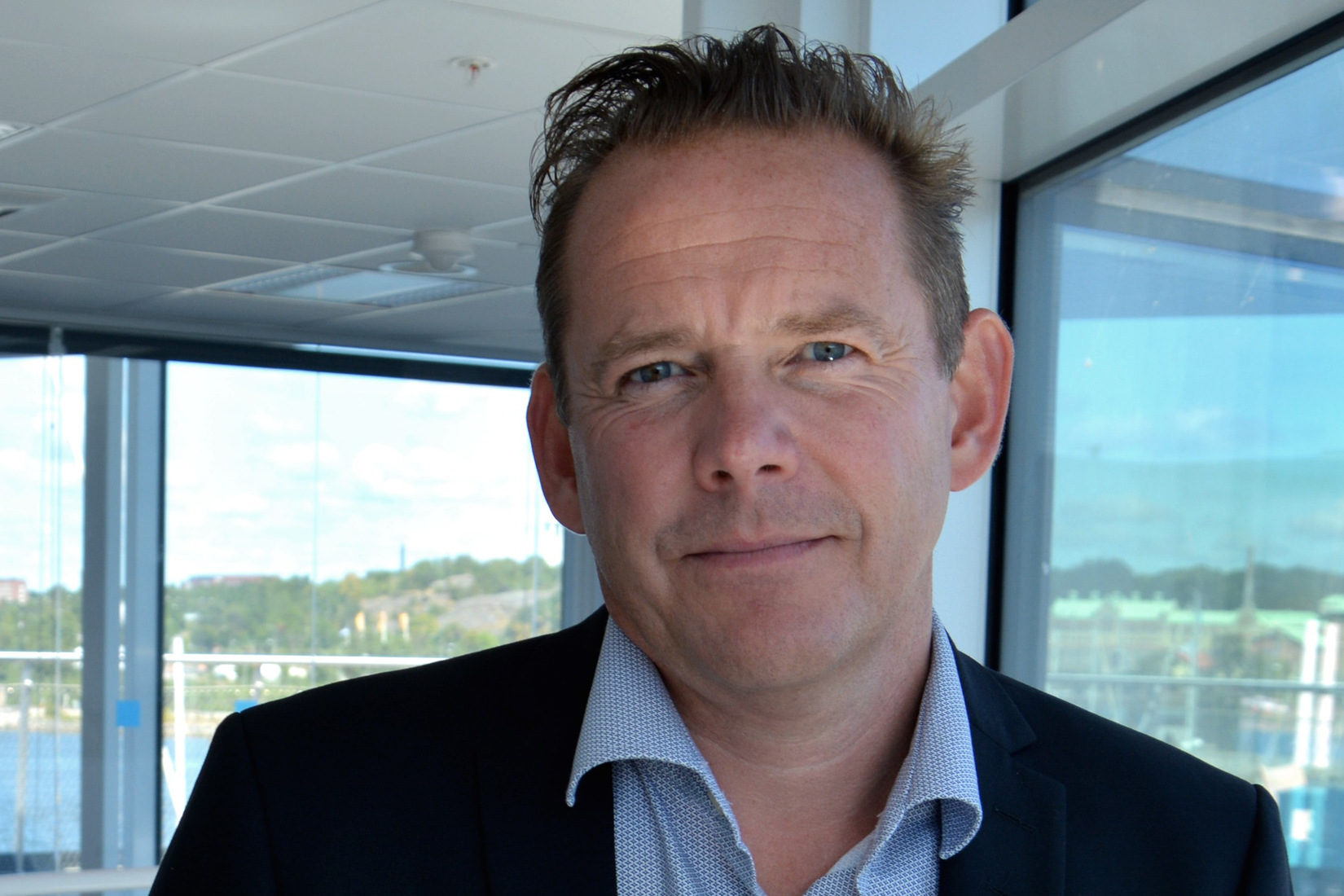The Hanseatic League was the trade union that from the middle of the 12th century to the middle of the 17th century engaged in trade on the North and Baltic Seas. During the Hanseatic period, there were close contacts between different areas in the southern parts of the Baltic Sea region, which laid the foundation for many prosperous cities and regions around the Baltic Sea.
Three cities participated in the Digital Hansa project: Gdynia in Poland, Klaipeda in Lithuania and Karlskrona in Sweden. The three cities each have strong IT clusters of small and medium-sized enterprises.
Marcus Fredriksson, who works for Karlskrona municipality and was project manager for Digital Hansa, says the ambition was to establish contacts between the cities to collaborate more on modern technology.
– The idea behind the project was a “flirt” with this historical period. With our geographical positions we complement each other – the Baltic Sea is a bridge and not a hindrance.
– When we met, we asked ourselves why the growth in our region is not as great as the potential. The simple answer was that we do not know each other well enough. The struggle to build up relations after the fall of the wall has dragged on.
The goal of the project was that the main stakeholders; science parks, universities and the business community, would jointly develop an action plan for future collaborations. This was explored and worked out in a number of joint workshops.
– For the participants, it has been about finding new areas for development and collaborations that help them further in their work, regardless of whether you are an entrepreneur, university or science park.
The last workshop was held in Klaipeda during the winter. After that, the pandemic broke out and discussions about the future were temporarily put on hold. Contacts have now been resumed and Marcus Fredriksson hopes that the ambitions of Digital Hansa will be fulfilled.
He describes the region as an “excellent breeding ground for cultivating and driving up a cross-border digital market”.
– Karlskrona’s national role as the gateway to Central and Eastern Europe is strongly dependent on the networks and collaborations we have with other countries around the Baltic Sea.
The Digital Hansa project gave the participants – entrepreneurs, researchers, business leaders and others – an opportunity to see the possibilities with a common digital market, but also to identify and describe concrete ideas that can be realized.
– The project led to several interesting thoughts and ideas. Today we are talking, among other things, about a research initiative on artificial intelligence in the marine sector. It is a field where all three cities have great potential. The activities have already been described and there are possible principals to carry them out. What remains is to speed up the work, Marcus Fredriksson concludes.
Facts
The project Digital Hansa is funded by SI through the funding scheme “Seed funding for cooperation projects in the Baltic Sea region”. SI provides funding for joint projects in which organisations based in Sweden can start and expand collaborations to meet transnational challenges together with organisations from the Baltic Sea region countries including Russia and the countries of the EU Eastern Partnership. A new call opens 19 November 2020 and closes 11 February 2021.
